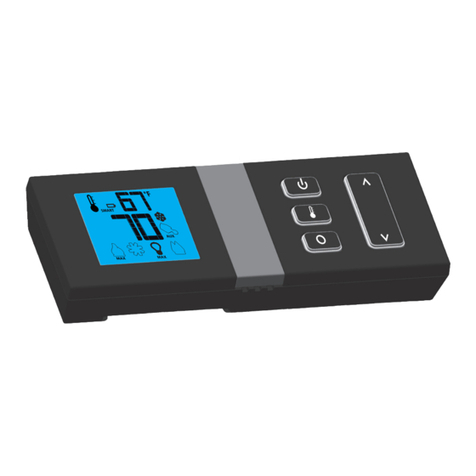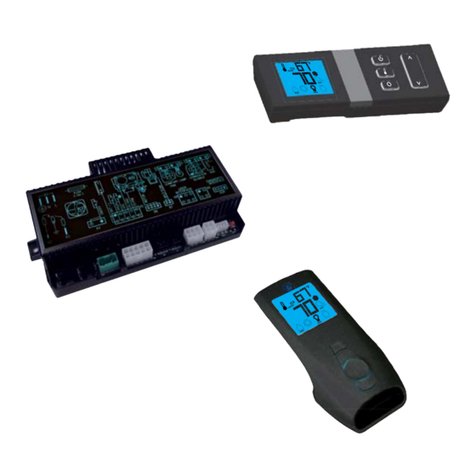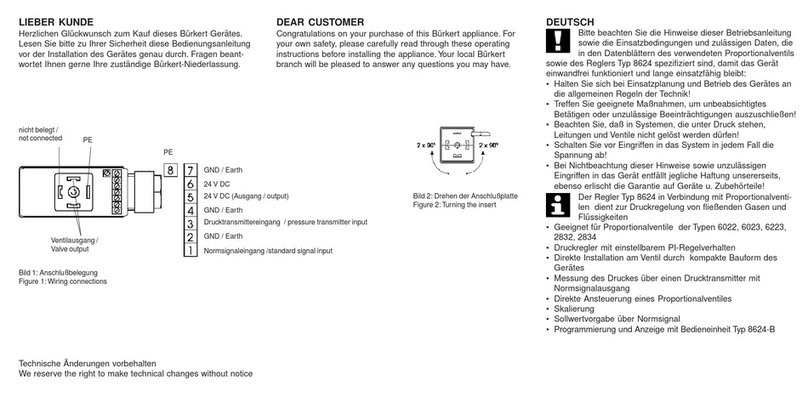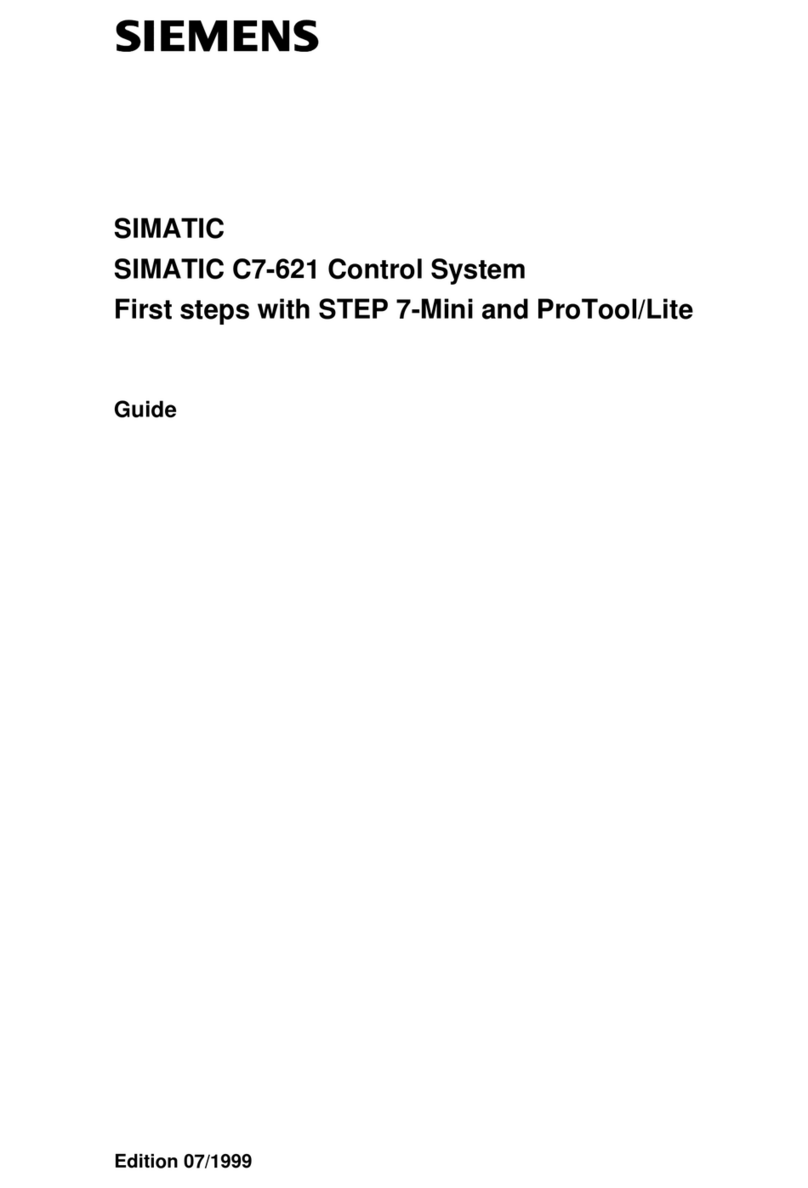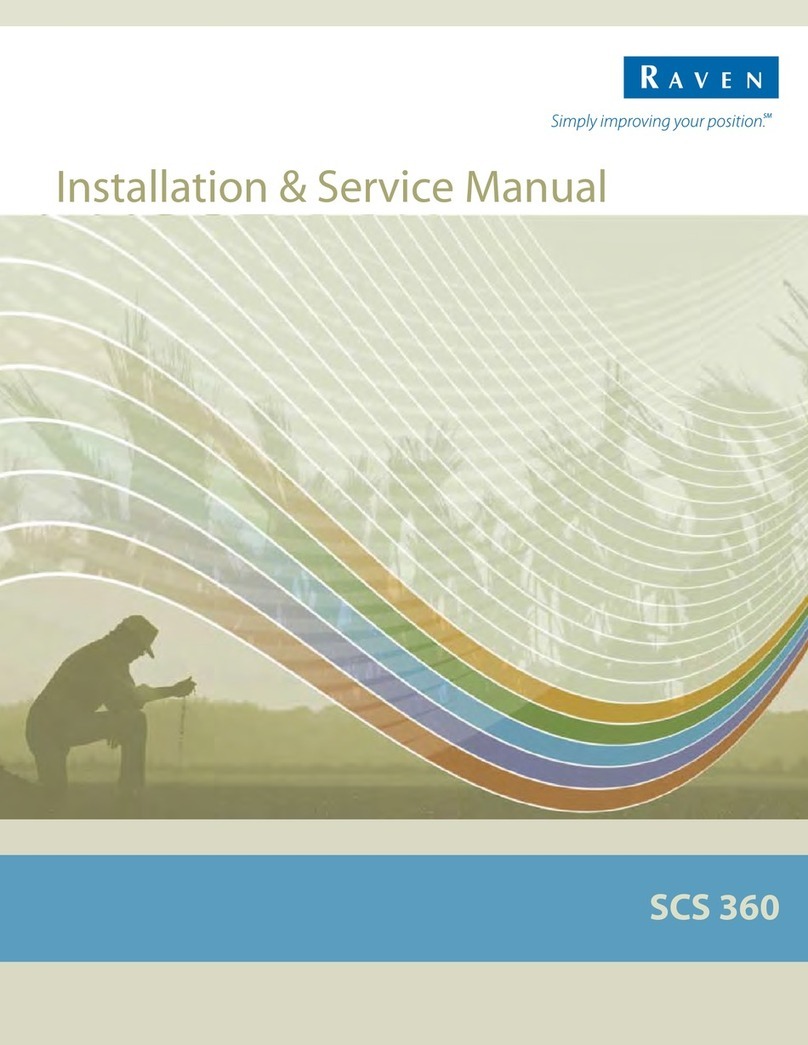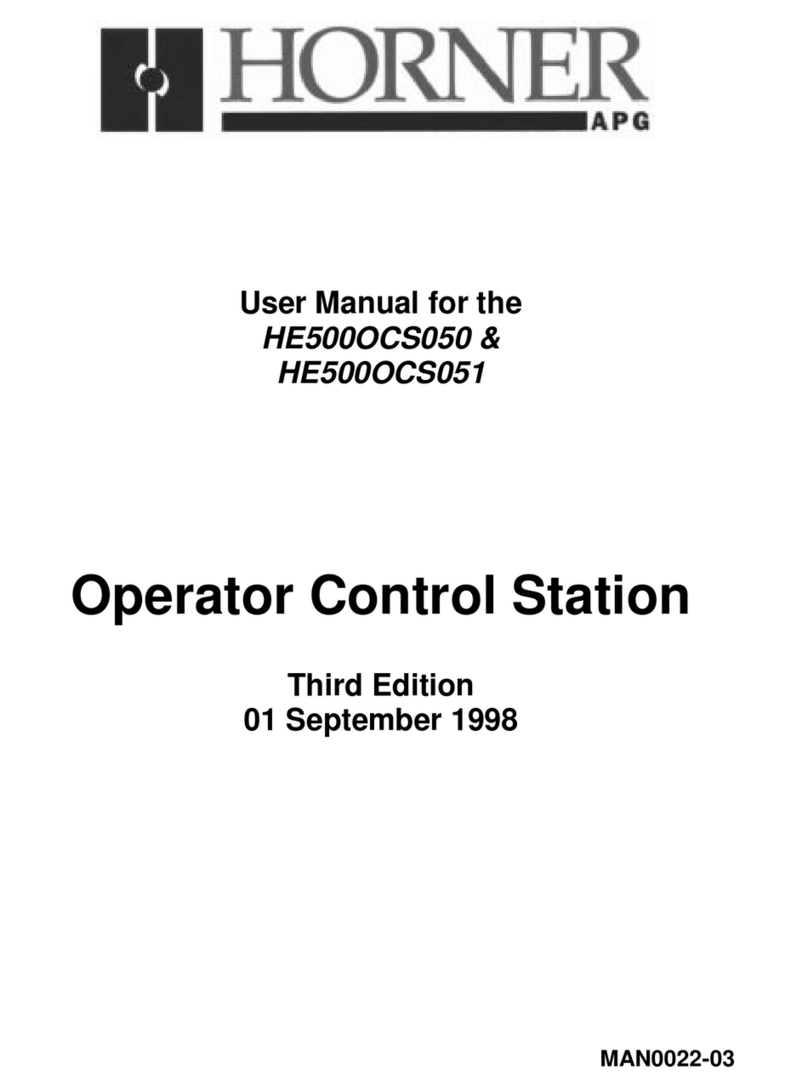SITGroup 820 NOVA User manual

820 NOVA
MULTIFUNCTIONAL GAS CONTROL
THERMOELECTRIC FLAME SUPERVISION DEVICE
SERVO-CONTROLLED PRESSURE REGULATOR
AUTOMATIC SHUT-OFF VALVE
SIT Group
PIN 63AP7060/2

MAIN FEATURES
Multifunctional control with
thermoelectric flame
supervision device,
single-control knob (Off, Pilot,
On), restart interlock,
servo-controlled pressure
regulator, on/off electric
solenoid.
A step opening ignition device
can be fitted on request.
MULTIFUNCTIONAL
GAS SINGLE-CONTROL
Control knob with Off, Pilot and On positions.
Thermoelectric flame supervision device with re-start interlock.
Near silent shut-off valve.
Servo-controlled pressure regulator.
Step opening ignition device (optional).
Main gas flow control (optional).
Pilot outlet with gas flow adjustment screw.
Inlet and pilot filters.
Inlet and outlet pressure test points.
Threaded gas inlet and outlet with provision for flange connection.
Connection for combustion chamber pressure regulator compensation.
The 820 NOVA is suitable for use with boilers,
catering equipment, hot air generators, radiators
and other heating appliances.

TECHNICAL DATA
DESCRIPTION
ELECTRICAL DATA
Supply Voltage
(AC)
Consumption
(mA)
240 V 50 Hz 25
220 V 50 Hz 20
220 V 60 Hz 25
24 V 50 Hz 210
24 V 60 Hz 220
Electrical protection rating IP54 using 160-type connectors
with screw and gasket - code
0.960.104
9 Actuation valve
10 Pilot outlet
11 Main gas outlet
12 Holes (M5) for mounting flange
13 Supplementary fixing points for valve
14 Connection point for combustion
chamber pressure regulator
compensation
1 Control knob
2Pressure regulator cap screw
3 Pilot gas rate adjuster
4 Thermocouple connection
5 Alternative thermocouple connection
6Provision for accessories support
bracket
7 Inlet pressure test point
8 Outlet pressure test point
7 8 9
6
10
11
21 34
12
513
• Gas connections: Rp 1/2 ISO 7
• Installation positions: any
• Gas families: I, II and III
• Maximum gas inlet
pressure: 60 mbar
• Maximum outlet pressure
setting range: 3...30 mbar (optional 20...50)
• Working temperature
range: 0...70 °C (optional -20... +60°C)
• Pressure regulator: Class B
• Automatic shut-off valve: Class D (Class C on request)
Data refer to EN 126
14

DIMENSIONS
GAS FLOW AS A FUNCTION OF PRESSURE LOSS
CLASS D
I Family (d = 0.45) Q = 7.5 m3/h ∆p = 5 mbar
II Family (d = 0.6) Q = 6.5 m3/h ∆p = 5 mbar
III Family (d = 1.7) Q = 8.1 kg/h ∆p = 5 mbar
CLASS C
I Family (d = 0.45) Q = 5.3 m3/h ∆p = 5 mbar
II Family (d = 0.6) Q = 4.6 m3/h ∆p = 5 mbar
III Family (d = 1.7) Q = 5.8 kg/h ∆p = 5 mbar
CLASSE D
CLASSE C
0510
Q [m3/h d=0,6]
4
2
6
8
10
∆p [mbar]
CLASS D
CLASS C

GAS FLOW SET TO EN 88
Inlet pressure range
Type of gas
Nominal Max. Min.
2H 20 25 17
2L 25 30 20
Outlet pressure tolerance +10%...-15%
Pilot flame ignition
Press the control knob and rotate to Pilot .
Press the knob and ignite the pilot flame, keeping the knob fully
depressed for a few seconds (fig. 1).
Release the knob and check the pilot flame stays on, otherwise repeat the
ignition procedure.
Main burner ignition
Slightly depress the control knob and rotate to On (fig. 2).
When the automatic valve is powered, the gas flow to the main burner is
opened.
Valves with a step opening ignition device reach the maximum rate of
flow after approx. 10 seconds.
Pilot position
To keep the main burner off and the pilot flame on, slightly depress the
control knob and rotate to Pilot .
Shut-down
Slightly depress the control knob and rotate to Off (fig. 3).
CAUTION: The re-start interlock device prevents the appliance from
re-igniting until the flame supervision device has interrupted the gas flow.
After this stage (i.e. when the magnet unit has closed) it is possible to re-
ignite the appliance.
fig. 1
ACTUATION
fig. 2
fig. 3
CLASS D
Inlet pressure range
Type of gas
Nominal Max. Min.
2H 20 25 17
2L 25 30 20
Outlet pressure tolerance +10%...-15%
CLASS C
6 8 10 12 14 16 18
0
Q = [m3/h d=0.6]
Pu [mbar]
2
4
6
8
10
12
14
2L
2H
6 8 10 12 14 16 18
0
Q = [m3/h d=0.6]
Pu [mbar]
2
4
6
8
10
12
14
2L
2H

INSTALLATION
Main gas connection
The connection must be made using gas pipes with Rp 1/2 ISO 7. Torque: 25 Nm.
If optional flanges are used, first screw the pipes onto the flanges and then the flanges
onto the valve. Recommended torque for flange fixing screws: 3 Nm.
Connection to the pilot burner
Ø 4 mm, Ø 6 mm or Ø 1/4 pipes can be used. Use appropriately sized nut and olive.
Tighten to 7 Nm torque.
Connection to the combustion chamber
The “air” section of the pressure regulator may be connected to the combustion chamber
if the latter is under pressure.
Use the SIT fittings provided. Torque: 1 Nm
Electrical connections
The use of special connectors is recommended for the mains powered versions. In order to
ensure that the valve is connected to the appliance’s earth circuit, always use the power
connector with the earth terminal, fixing it with the appropriate screw.
The 24 VAC versions must be powered by an isolating transformer (at a very low safety
voltage as per EN 60742). Use AMP 6.3x0.8 mm DIN 46244 terminals for the connection.
Make the connections according to the specific standards for the appliance.
All relevant safety devices (e.g. the overheat thermostat) must cut off the power supply to
the magnet unit.
CAUTION: When all the connections have been completed, check the gas seals and wiring
insulation.
6
4
2
810 12
WIRING DIAGRAMS Ambient thermostat
V~
V~

SETTINGS AND ADJUSTMENTS
Checking the inlet and oulet pressure
Loosen the test-point screws provided to
check inlet and outlet pressure.
Tighten the screws to the recommended
torque of 2.5 Nm.
Adjusting the outlet pressure
Remove the plug (A), turn the screw (B)
clockwise to increase outlet pressure
and anticlockwise to reduce it. After setting,
ensure plug (A) is properly secured.
Overriding the pressure regulator
For conversion to operation on third family
gases replace the plug (A), the adjustment
screw (B) and the spring (C) with the accessory
(D) - code 0.907.037. Torque: 1Nm
Adjusting the gas flow to the pilot burner
Turn the relevant screw clockwise to decrease
the gas flow and anticlockwise to increase it.
Overriding the pilot flow adjustment
function
Fully tighten the adjustment screw and then
unscrew two complete turns.
Changing the gas family or group
Check that the appliance is suitable
for operation with the gas family or group in
question. Following the instructions given
above, adjust the outlet pressure to the values
detailed in the manufacturer’s instructions for
the appliance.
If necessary, override the pressure regulator
and gas flow adjustment to the pilot burner.
IMPORTANT:
Check the gas seals and the efficiency of the
appliance, then seal the adjustment screws.
Please ensure you follow all the guidelines detailed in the installation
and operation manual (code n° 9.956.820.) when installing, adjusting
or operating the equipment in your possession.
C
B
A
D

820 NOVA
Multifunctional control
for electrically-powered
gas appliances
9.955.911 R00 GRAPHIC DESIGN BY START - PD - ITALY
Other SITGroup Control System manuals
Popular Control System manuals by other brands
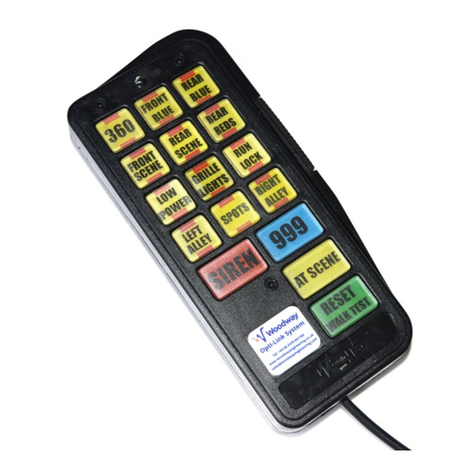
Woodway
Woodway Opti-Link Installation & operation

D.Electron
D.Electron CNC Z32 Florenz Series Programming guide

Beninca
Beninca VE.400 Operating instructions and spare parts catalogue
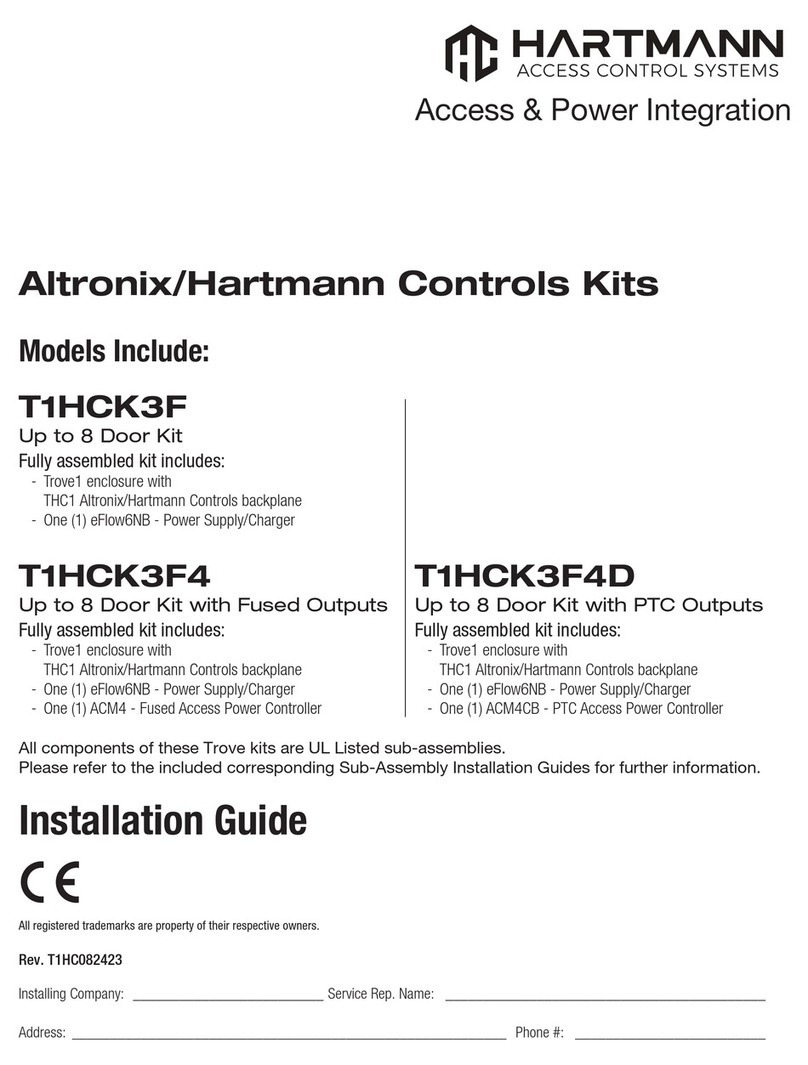
Hartmann
Hartmann Altronix T1HCK3F4D installation guide

Huawei
Huawei LUNA2000-200KTL-H0 user manual

Assa Abloy
Assa Abloy EffEff 1338-15 Installation and mounting instructions
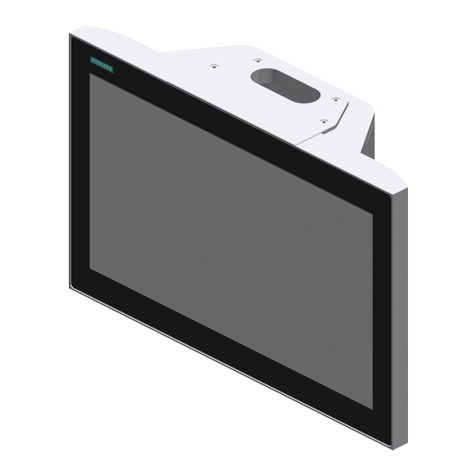
Siemens
Siemens SIMATIC HMI ITC1500 V3 PRO Quick install guide
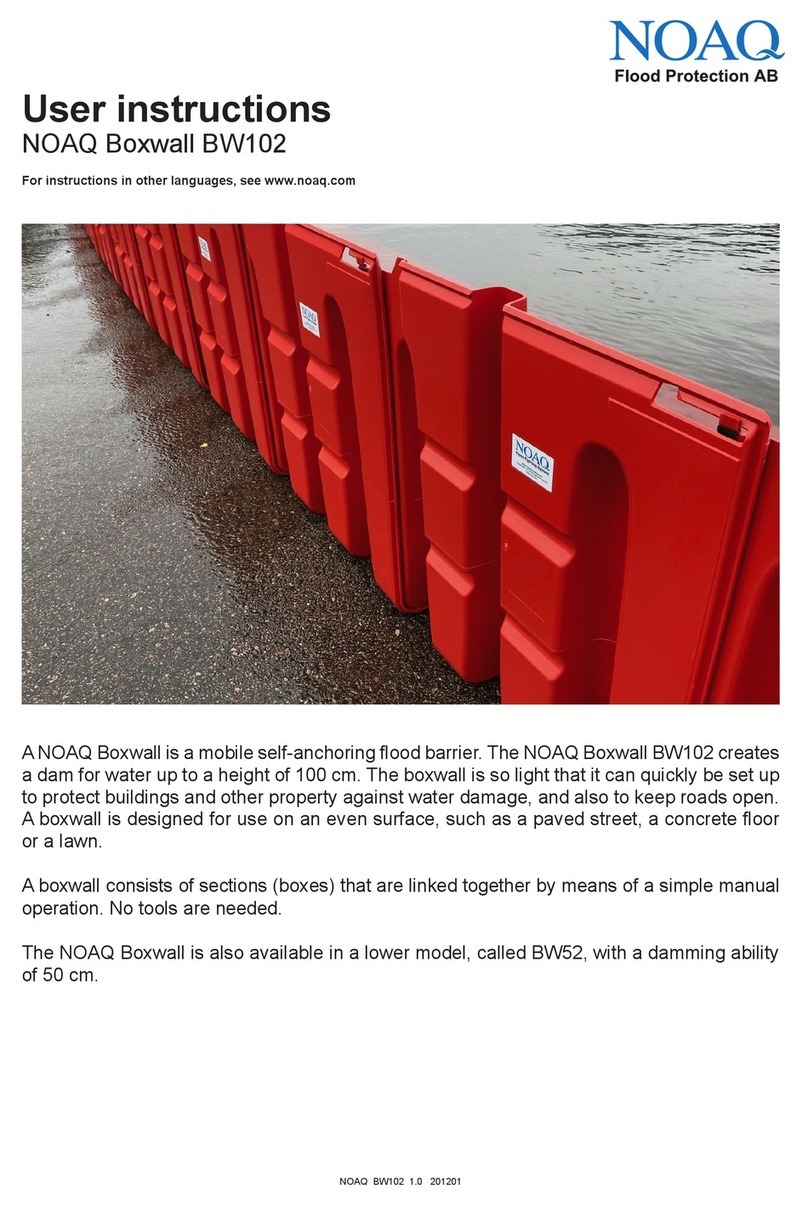
NOAQ
NOAQ Boxwall BW102 User instructions
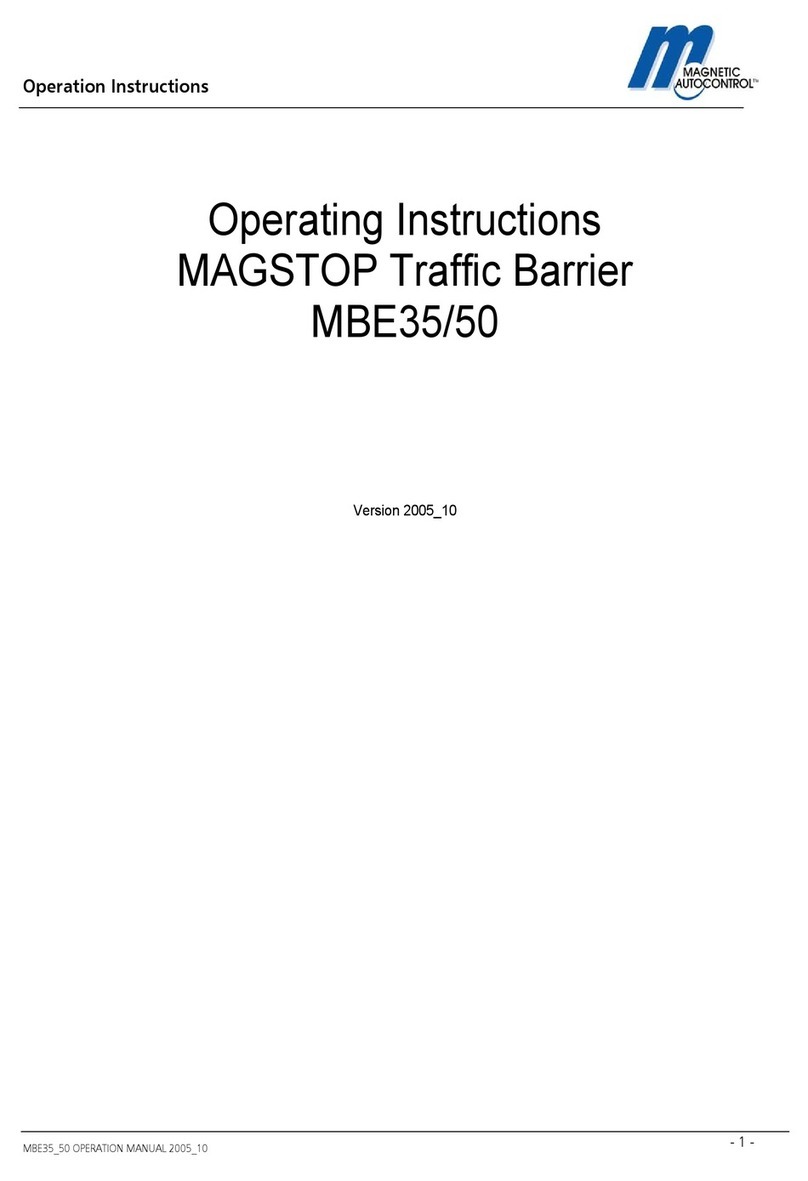
Magnetic Autocontrol
Magnetic Autocontrol MAGSTOP MBE35 operating instructions
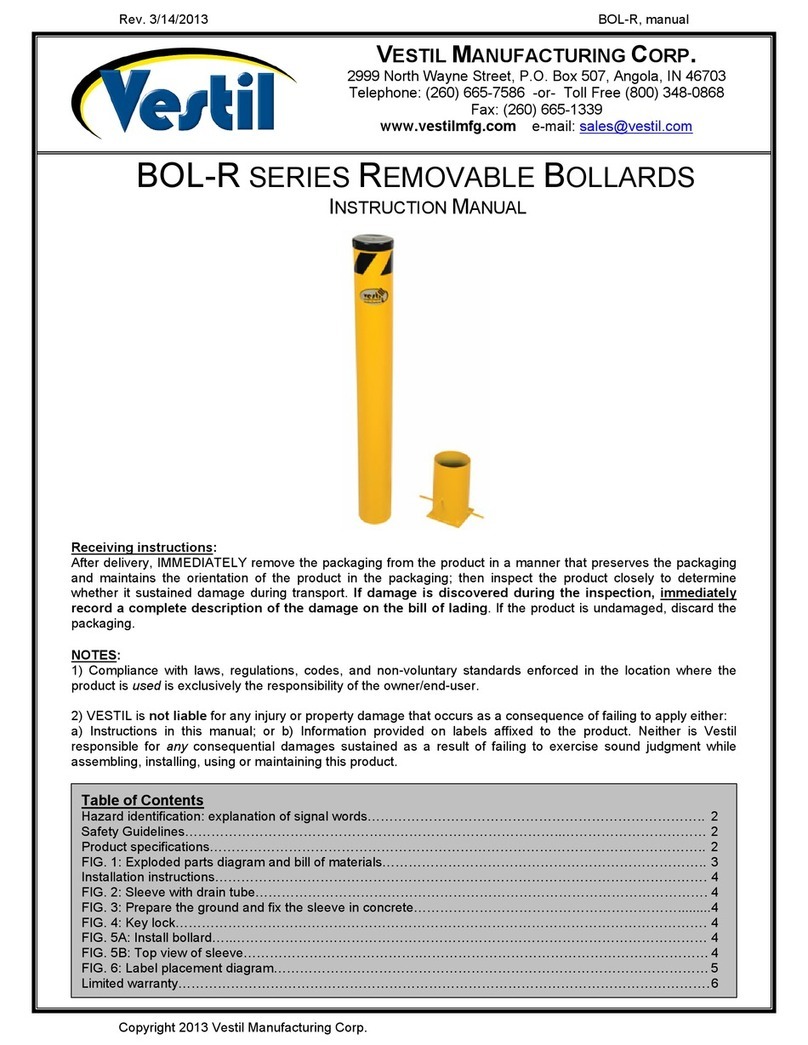
Vestil
Vestil BOL-R Series instruction manual

MA
MA grandMA2 user manual

Key Digital
Key Digital KD-FIX418A-2 operating instructions
